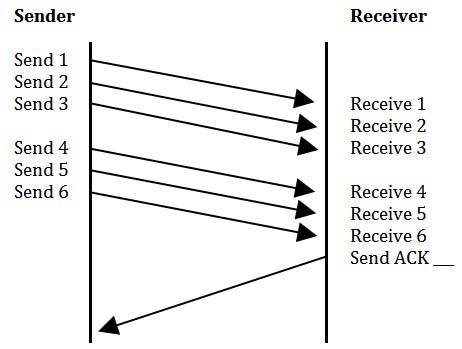CISCO CCNA - Book 1, Chapter 4
- CCNA
- ISO/IEC 7498-1
2.
You may optionally provide this to label your report, leaderboard, or certificate.
Submit
Submit
Submit
Submit
Submit
Submit
Submit
Submit
Submit
Submit
×
Thank you for your feedback!
















